Do Not Resuscitate /
Urban Exploration Photography
D.N.R

Structure
Built 1940/1
In use 1941–present day.
RAF Predannack was opened in May 1941 as a satellite for RAF Portreath.
Taken from Wiki....
Development: 1940 :
The fall of France in 1940 gave impetus to the construction of a large number of airfields across the South West of England which suddenly found itself vulnerable to attack by the Luftwaffe. RAF Predannack was opened in May 1941 as a satellite for RAF Portreath. Accommodation was dispersed over a wide area, with officers accommodated in the Mullion Cove and Polurian Hotels. The number of personnel reached peak strength of 3,600 by 1944.
Second World War.
The first squadron to arrive was 247 Squadron with Hawker Hurricanes, specialising in night defence of the South West's towns and ports. The night fighting element was later augmented by 1457 Flight flying Douglas Havocs with its unsuccessful Turbinlite searchlight tactics. However, the arrival of 600 Squadron with radar equipped Bristol Beaufighters produced better results. GCI (Ground Control Interception) in the area was covered by RAF Treleaver radar station.
Several raids were made by the Luftwaffe; the first attack on the night of 12 October 1941 followed a Beaufighter on the approach and shot up the airfield. Defence soon gave way to offensive operations; fighter sweeps and intruder operations took place over France. The airfield’s southerly location made it also suitable for anti-shipping strikes over the Bay of Biscay. Westland Whirlwind and Beaufighter squadrons mounted successful patrols, followed later by a number of de Havilland Mosquito squadrons.
The geographical position of Predannack offered the opportunity for emergency landings, particularly with the buildup in the European bomber offensive. Many RAF Bomber Command and US Eighth Air Force aircraft found safe haven at the base. Resultantly, the RAF agreed extension of the runways in 1943 to enable larger aircraft to operate, including Vickers Wellington and Consolidated B-24 Liberator aircraft for anti U-boat operations.[1] This allowed Predannack’s to act as a jumping off point for aircraft en route to the North African theatre. Late 1942 saw part of the 67th TCG Douglas C-47 Skytrains and the 81st FG's Bell P-39 Airacobras refuelled before their long flight around the Iberian peninsula.
With the build up as part of Operation Overlord, Nos 1 and 165 Squadrons formed a Wing of Supermarine Spitfire IXs at Predannack designed to prevent Lufwaffe aircraft attacking allied shipping. As the invasion convoy around Falmouth assembled constant fighter cover was provided by the Spitfires. The Wellington Squadrons of 179 Squadron and 311 Squadron carried out anti-submarine patrols, blocking off the approaches to the English Channel. At its peak approximately 3,600 crew and support staff were at Predannack.
As the war began to recede from Predannack’s area of operations, the station saw fighter squadrons arrive for rest and re-equipment. On V-E Day there were no flying units present, but two Mosquito squadron’s returned. Predannack opened its gates to the public when on 15 September 1945 4,000 visitors arrived for the Battle of Britain air display.
Post-war
151 Squadron with its Mosquito XXXs continued flying from Predannack until April 1946, and the following month the airfield closed being reduced to Care and Maintenance.
After a period of experimental use by Vickers-Armstrongs (Aircraft) Ltd under the supervision of Barnes Wallis from 1951 to September 1957, the base was taken over by the Royal Navy on 15 December 1958. The airfield was allocated the ICAO code EGDO but this fell out of use as it became a satellite airfield for nearby RNAS Culdrose, to handle intensive helicopter operations and as a relief landing ground. There is also a small arms range on the site and the RN Fire Fighting School moved here in 1971.
Current use
Still owned by MoD Estates, it is home to RAF 626 Volunteer Gliding Squadron unit.[1] and the practise base of Royal Naval School of Flight Deck Operations, which holds a number of dummy aircraft for fire extinguishing practice, together with a number of retired airframes for aircraft crash rescue practice, including a Westland Wessex and two Hawker Siddeley Harriers.The airfield is also used by Goonhilly Model Flying Club (with MoD permission) and hobby model flying has been carried out on the field since the 1950s. The site is currently in use by the international disaster relief agency Shelterbox as part of its Academy for Disaster Relief.
And even more info can be found here....
http://www.helstonhistory.co.uk/around-the-lizard/raf-predannack/
Predannack Airfield.
Information
